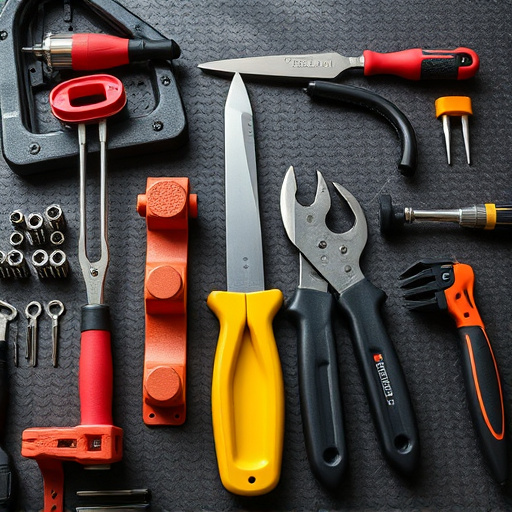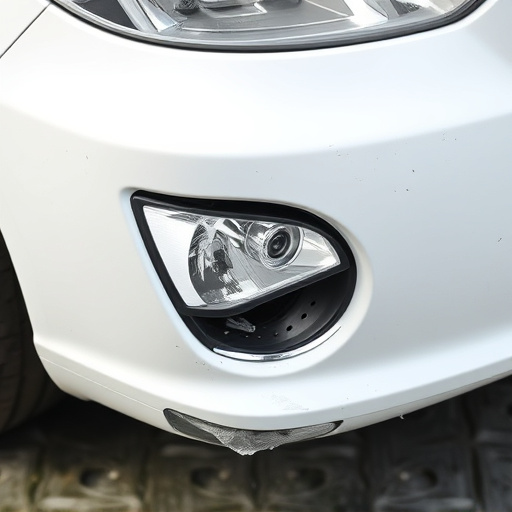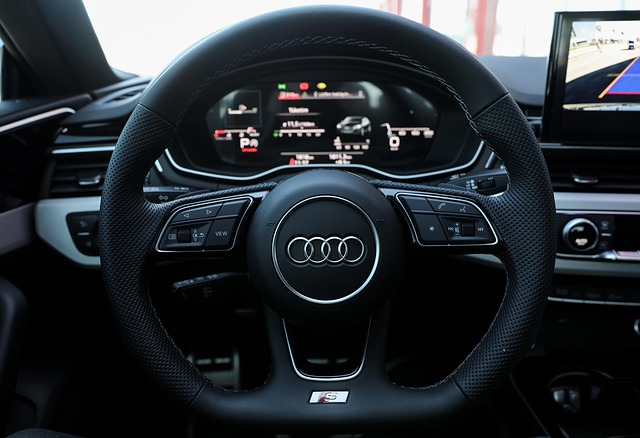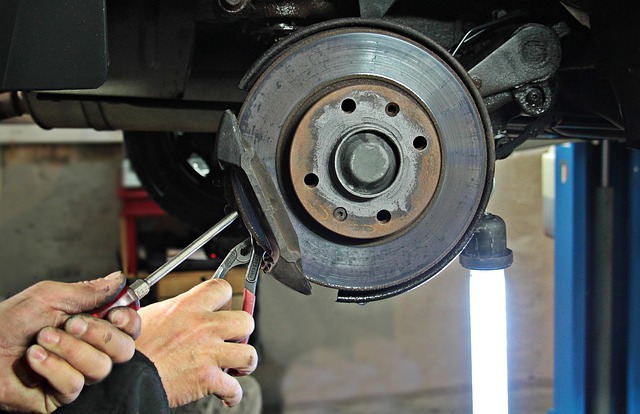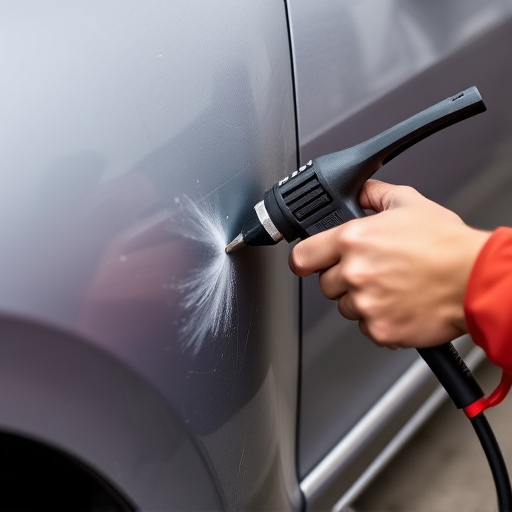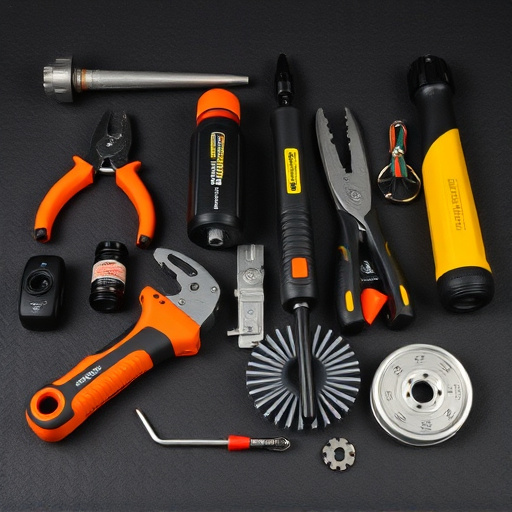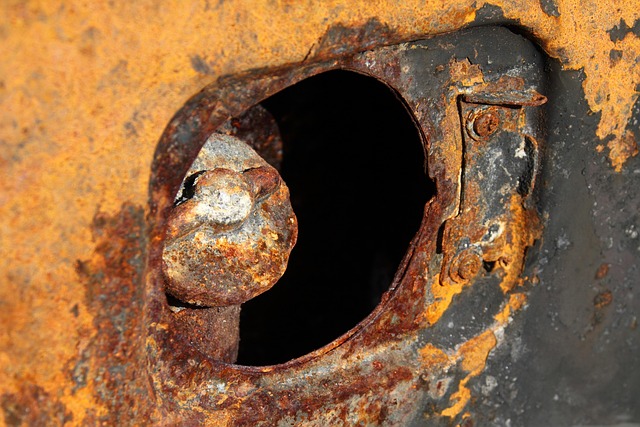After a crash, battery replacement requires careful assessment and safety measures. Inspect your vehicle for damage, move to a safe location, and wear protective gear. Avoid direct contact with battery terminals. Seek professional auto repair services for proper replacement, ensuring structural integrity and electrical safety. Following battery replacement, thoroughly check all electrical components, alternator performance, and terminal connections for corrosion or leaks. Regular maintenance visits maximize the longevity of your new battery.
After a crash, assessing your vehicle’s damage is crucial, especially regarding the battery. This is not just about safety protocols but also ensuring your car starts reliably after such an incident. In this article, we guide you through the process of handling battery replacement post-crash. We’ll cover everything from identifying damage and following safety steps to a detailed, step-by-step replacement process. Learn how to perform post-replacement checks and discover essential maintenance tips for long-term optimal performance.
- Assessing the Damage and Safety Protocols
- Steps for Safe Battery Replacement
- Post-Replacement Checks and Maintenance Tips
Assessing the Damage and Safety Protocols

After a crash, assessing the damage is crucial before attempting any repairs, including battery replacement after a crash. Start by inspecting your vehicle for visible signs of auto bodywork damage and any leaks from fluids like oil or coolant. Check if there are any auto dent repairs needed, as even minor impacts can compromise structural integrity. Ensure all safety protocols are followed; put on protective gear, move to a safe location away from traffic, and assess if the vehicle is stable before proceeding.
If the battery shows signs of damage, like leakage or swelling, it’s essential to handle it with care. Avoid touching exposed terminals directly with bare hands due to potential electrical hazards. Have your vehicle checked by professionals in auto repair services who can safely replace the battery and ensure all components are in optimal condition, especially after a crash that might have affected the vehicle’s overall integrity.
Steps for Safe Battery Replacement
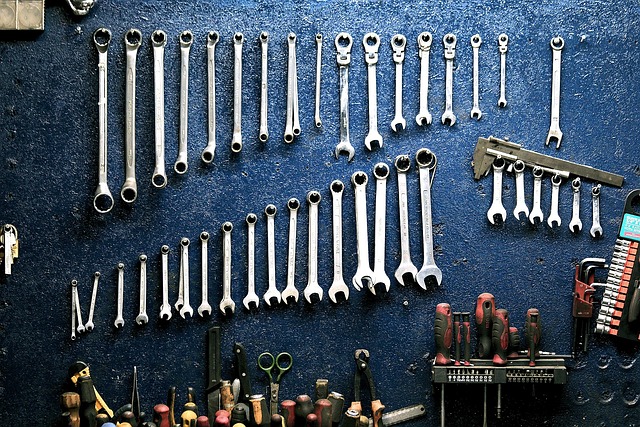
After a crash, handling battery replacement safely is paramount to ensure further damage doesn’t occur and for your own well-being. Begin by turning off all electrical components in your vehicle to prevent short circuits or shocks. Next, locate the battery, which is usually in the engine compartment. Wear protective gear, including gloves and safety glasses, as a precaution against any potential spillage of corrosive battery fluid.
Use a sturdy tool, like a socket wrench, to loosen the terminal connections, removing them carefully one at a time. Once the old battery is removed, clean the battery tray and terminals with a wire brush to eliminate corrosion. Install the new battery, ensuring it’s correctly oriented, then securely fasten the positive and negative terminals using the appropriate tools. Lastly, check all connections for any signs of damage or loose wires before starting the vehicle to confirm the safe replacement of your battery after the crash.
Post-Replacement Checks and Maintenance Tips

After successfully replacing your battery following a crash, it’s crucial to perform several post-replacement checks and maintenance tips to ensure your vehicle’s reliability and safety. Begin by verifying that all electrical components are functioning optimally; this includes lights, horns, and other accessories. Check if the alternator is charging the new battery effectively, and ensure there are no leaks or corrosion on the battery terminals. Regular cleaning of these terminals can prevent any future issues.
Additionally, keep a close eye on your vehicle’s overall performance. Unforeseen problems after a crash might manifest as unusual noises, poor acceleration, or a faulty starting system. If you notice any such issues, it’s advisable to consult professional car repair services specializing in car body restoration and vehicle repair. Regular maintenance visits can also help catch potential problems early, ensuring your battery replacement stands the test of time and maintaining the overall health of your vehicle.
In the event of a crash, knowing how to safely handle and replace your vehicle’s battery is crucial. By following the outlined steps for battery replacement after a collision, you ensure both your safety and the proper maintenance of your vehicle. Remember, prompt action and adherence to safety protocols are key when navigating through the process of battery replacement. Stay informed, be prepared, and always prioritize your well-being first.

